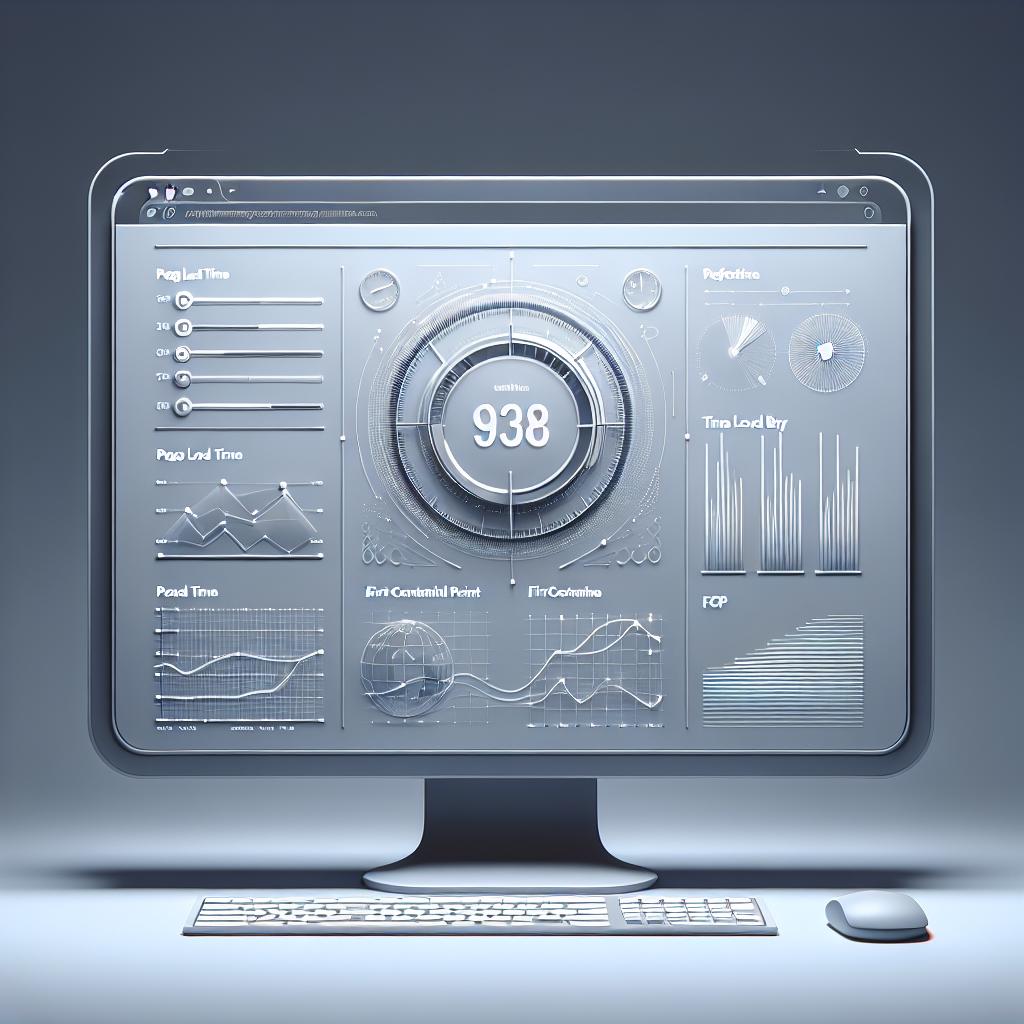Website performance is crucial for user experience, search engine rankings, and overall business success. In an era where attention spans are short and competition is fierce, ensuring that your website runs smoothly and efficiently is more important than ever. One of the most effective ways to achieve this is through comprehensive monitoring. This blog post will explore the various aspects of website performance monitoring and how it can lead to optimization.
Website performance refers to how quickly and efficiently a website loads and responds to user interactions. Key performance indicators (KPIs) include:
- Page Load Time: The time it takes for a page to fully load.
- Time to First Byte (TTFB): The duration between a user’s request and the first byte of data received from the server.
- First Contentful Paint (FCP): The time it takes for the first piece of content to appear on the screen.
- Speed Index: A measure of how quickly the contents of a page are visibly populated.
- Total Blocking Time (TBT): The amount of time a page is blocked from responding to user input.
The Importance of Monitoring
Monitoring website performance is essential for several reasons:
-
User Experience: A slow website can frustrate users, leading to higher bounce rates and lower engagement. Monitoring helps identify issues before they affect users.
-
SEO Rankings: Search engines like Google consider page speed as a ranking factor. A well-optimized site can improve visibility and attract more organic traffic.
-
Conversion Rates: Faster websites tend to have higher conversion rates. Monitoring allows businesses to make data-driven decisions to enhance performance.
-
Identifying Bottlenecks: Regular monitoring helps pinpoint specific areas that may be causing slowdowns, such as server response times, large image files, or inefficient code.
To optimize website performance, various tools can be employed for effective monitoring:
1. Google PageSpeed Insights
This free tool analyzes the content of a web page and provides suggestions to make it faster. It offers insights into both mobile and desktop performance, highlighting areas for improvement.
2. GTmetrix
GTmetrix provides a detailed report on your website’s performance, including load times, page size, and the number of requests. It also offers recommendations based on best practices.
3. Pingdom
Pingdom allows you to monitor your website’s uptime and performance from multiple locations around the world. It provides real-time alerts and detailed reports on performance metrics.
4. New Relic
New Relic is a more advanced monitoring tool that provides in-depth performance analytics, including server-side performance, application performance monitoring (APM), and user experience monitoring.
5. WebPageTest
This tool allows you to run performance tests from different locations and browsers. It provides a waterfall view of resource loading, helping you identify which elements are slowing down your site.
Best Practices for Monitoring
To make the most of your monitoring efforts, consider the following best practices:
1. Set Clear Goals
Define what you want to achieve with your monitoring efforts. Whether it’s reducing load times, improving user experience, or increasing conversion rates, having clear goals will guide your strategy.
2. Monitor Regularly
Website performance can fluctuate due to various factors, including traffic spikes, server issues, or changes in content. Regular monitoring helps you stay on top of these changes and address issues promptly.
3. Analyze Data
Collecting data is only the first step. Analyze the information to identify trends, patterns, and areas for improvement. Look for correlations between performance metrics and user behavior.
4. Implement Changes
Based on your analysis, implement changes to optimize performance. This could involve optimizing images, minifying CSS and JavaScript, leveraging browser caching, or upgrading your hosting plan.
5. Test After Changes
After making changes, retest your website to ensure that the optimizations have had the desired effect. Continuous testing is essential to maintain performance over time.
Conclusion
Optimizing website performance through effective monitoring is a continuous process that requires attention and dedication. By utilizing the right tools, setting clear goals, and regularly analyzing performance data, you can ensure that your website remains fast, responsive, and user-friendly. In today’s digital landscape, where every second counts, investing in performance monitoring is not just beneficial; it’s essential for success.


